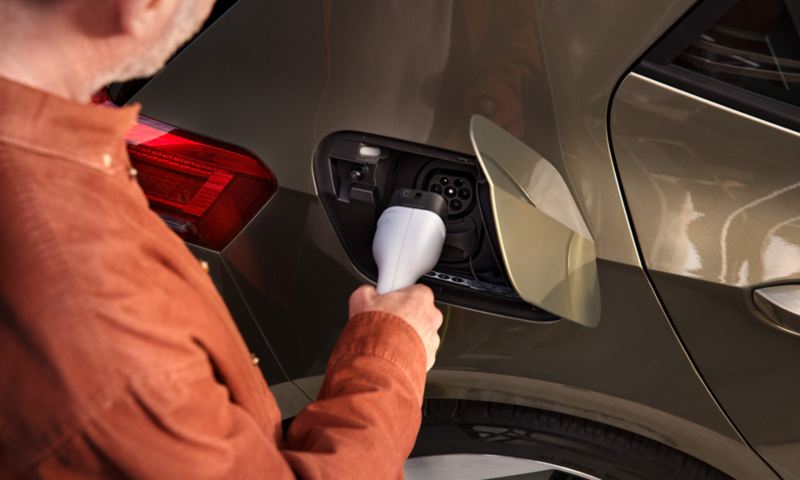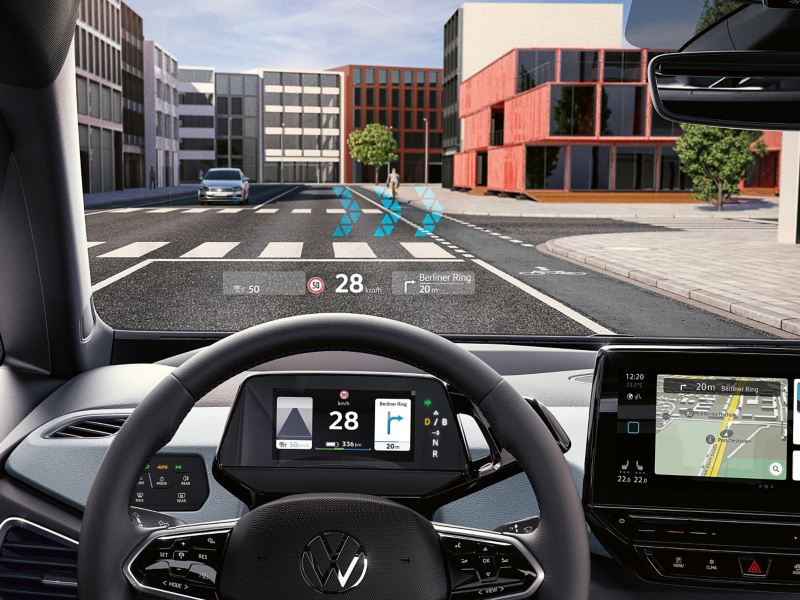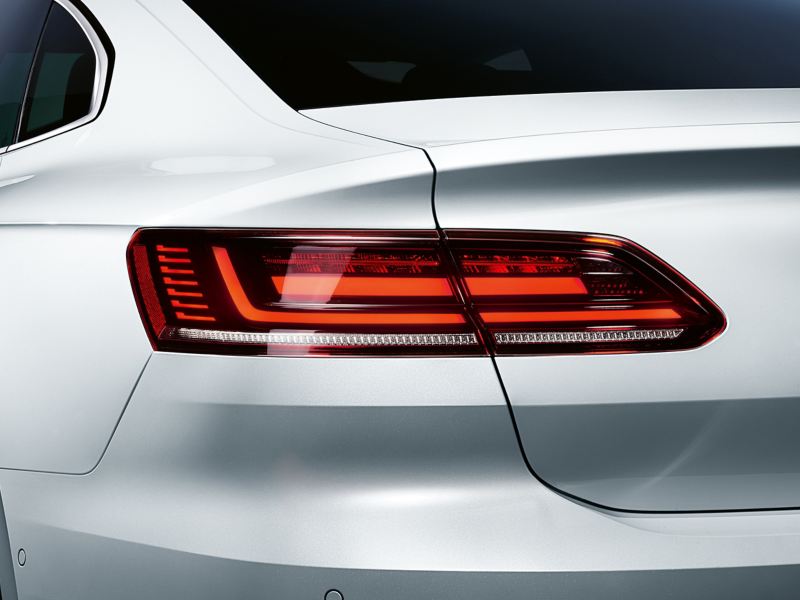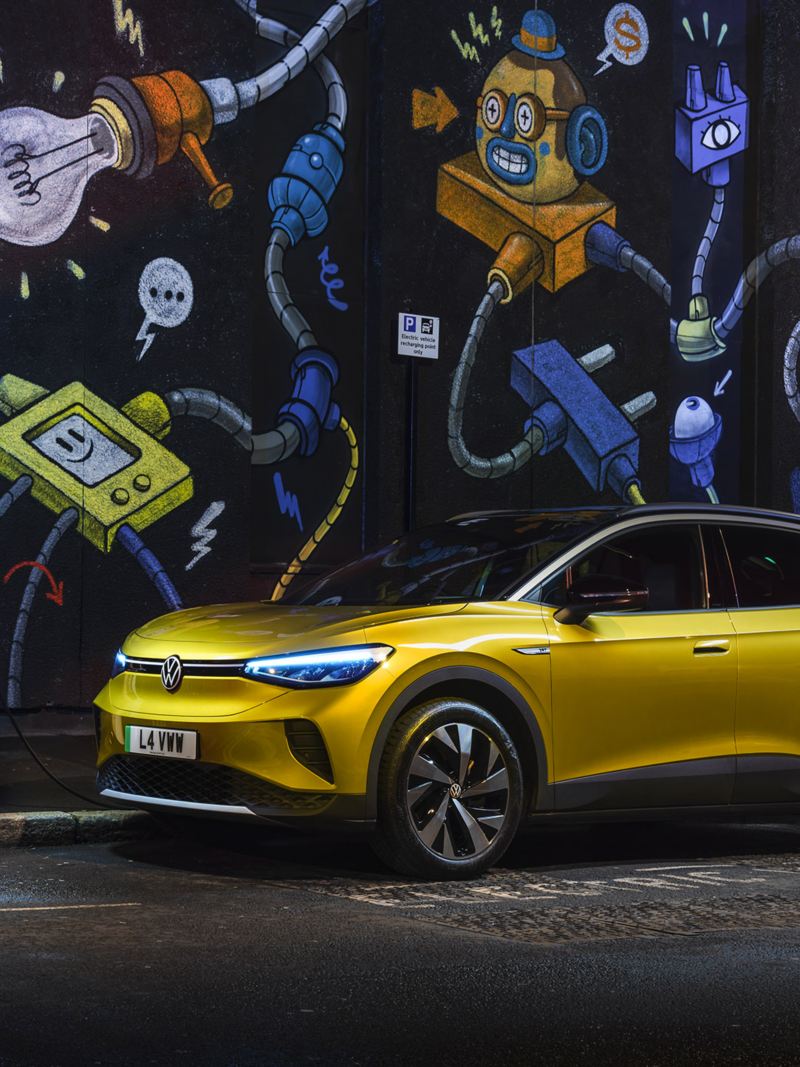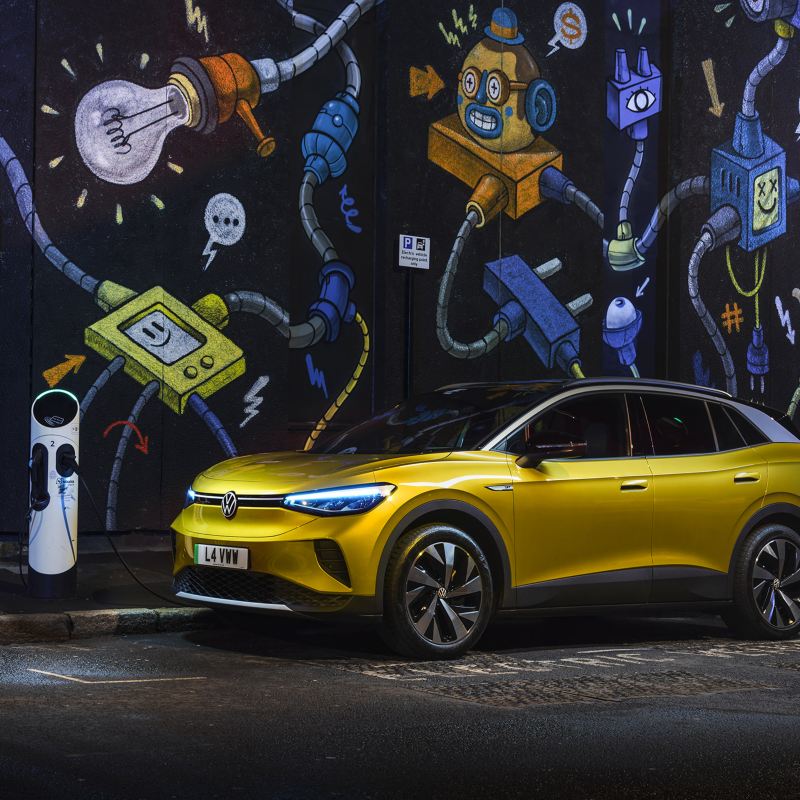We designed it. We built it. Who better to look after it?
No one knows your Volkswagen electric vehicle like we do. Servicing and maintenance with an authorised dealer means you can rest assured your car couldn’t be better taken care of.
How often does my car need a service?
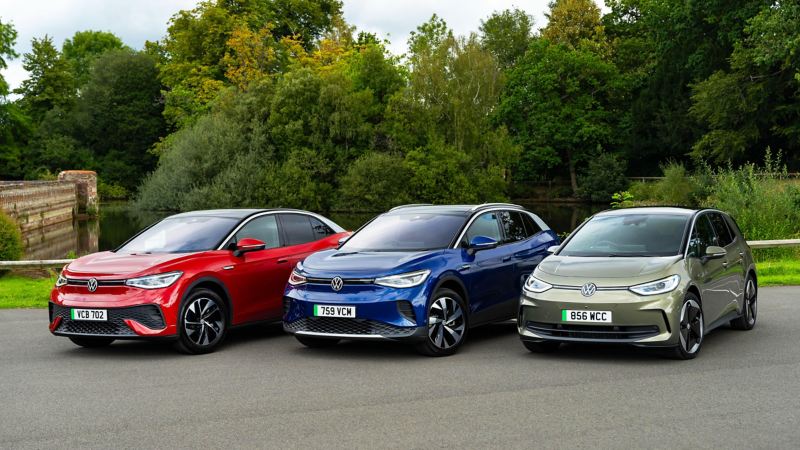
All-electric ID Family
Inspection service every 2 years or every 20,000 miles, whichever comes first.
No oil change is required.

Hybrid
Inspection service every 2 years or 18,000 miles whichever comes first.
Oil change every 9,000 miles or 1 year, whichever comes first.
Here are some tips to maximise your EV lifecycle
FAQs about the service for electric cars
Speak to a retailer

Your local retailer will be very happy to help you with anything you need to know about the Volkswagen electric vehicle range. Book a time that’s convenient and they’ll give you a buzz back.
